Life on this planet is teeming with wonderful animals and creatures that sometimes seem to leave even the most creative of minds in awe and wonder of how they evolved in such a way. For instance the Atlas moth pictured above has evolved an enormous wingspan up to 25cm wide, with a pattern that resembles a deadly cobra to dissuade would-be predators from approaching.
Acclaimed photographer Robert Clark has recently published a beautiful book exploring the processes that drive diversity on the planet, and creates a compelling visual record of the history of evolution. Here are a few more of the captivating photos fromEvolution: A Visual Record.
Pittas (family Pittidae), specimens collected by Alfred Russell Wallace
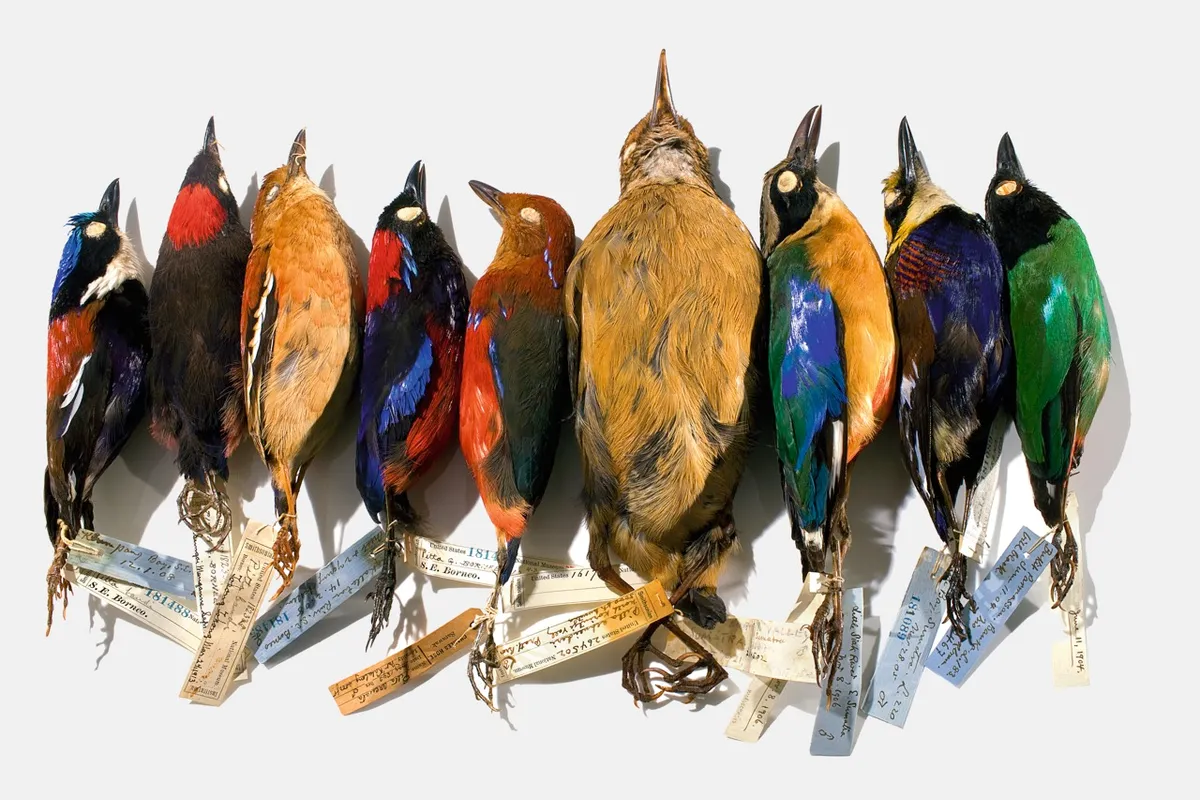
These pittas are specimens collected by Alfred Wallace, who with Charles Darwin developed the theory of evolution as we understand it. Wallace was taken by the way Asian fauna like these birds were found to the western isles like Borneo and Sumatra, whereas Australian animals were mainly found on islands to the East such as Sulawesi. This border is known as the Wallace Line and shows how geographic isolation can lead to the evolution of new species.
Southern cassowary (Casuarius casuarius)
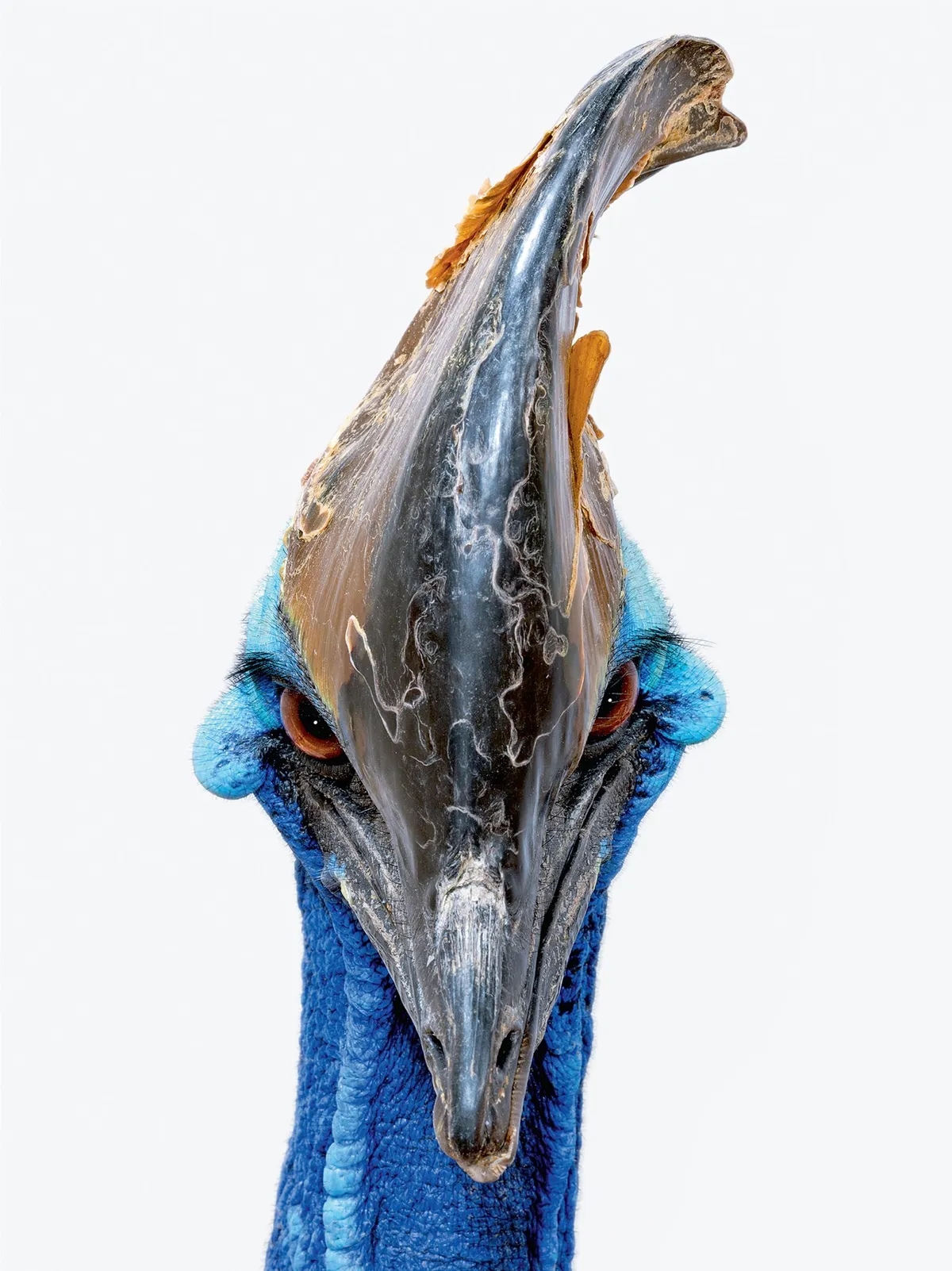
When you see the steely glare of the southern cassowary, a flightless bird native to Australia and New Guinea, it seems almost obvious that dinosaurs evolved from birds, but this theory is still only recently accepted. One of the largest birds on the planet, its three-toed feet are as fearsome as the velociraptor and are also used as weapons.
Sharkskin, microscopic view
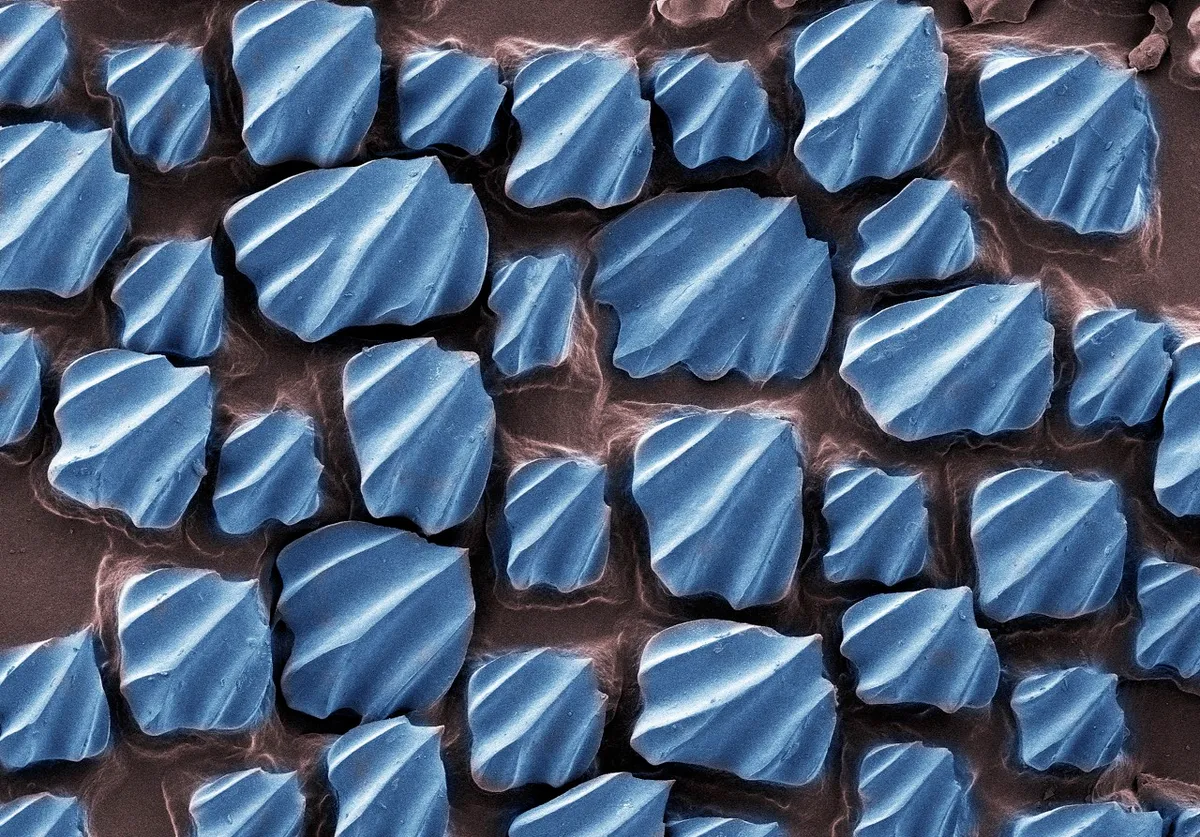
Sharks, unlike most other fish, do not have air bladders that keep them from sinking, so they must swim at all times - an exhausting task for any living creature. To combat this fatigue they have evolved these tiny teeth-like denticles on their skin that creates small whirlpools around them as they swim to reduce drag and improving efficiency.
Gymnosperm
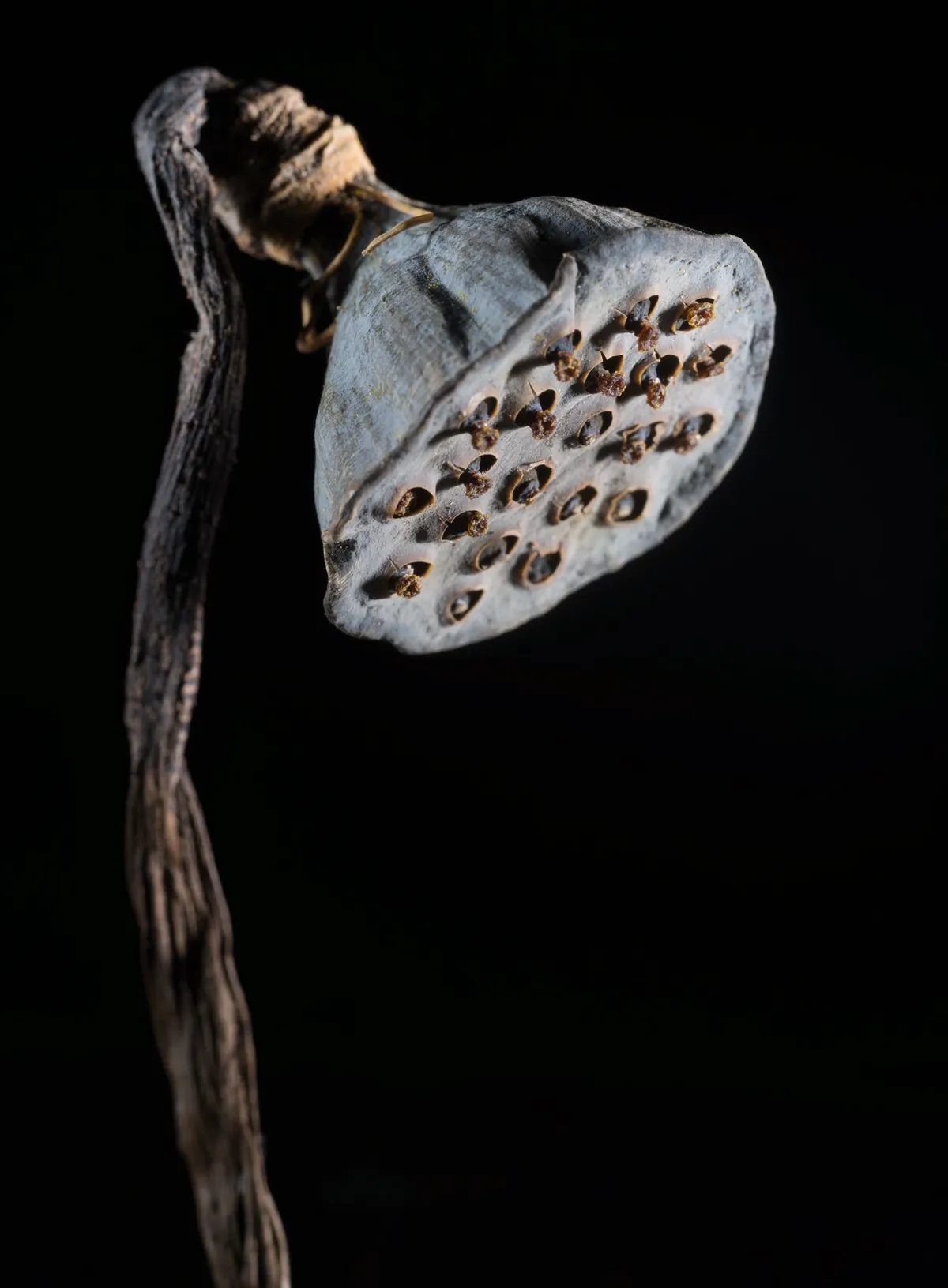
Plants have only existed on dry land for some 450 million years, emerging from the sea around that time, and much like ferns do today,propagated by releasingspores. It was 110 million years later that mutations called gymnosperms created the first male and female spores that led to an exolutionary explosion of plant diversity across the planet.
True leaf insect or “walking leaf” (family Phylliidae)
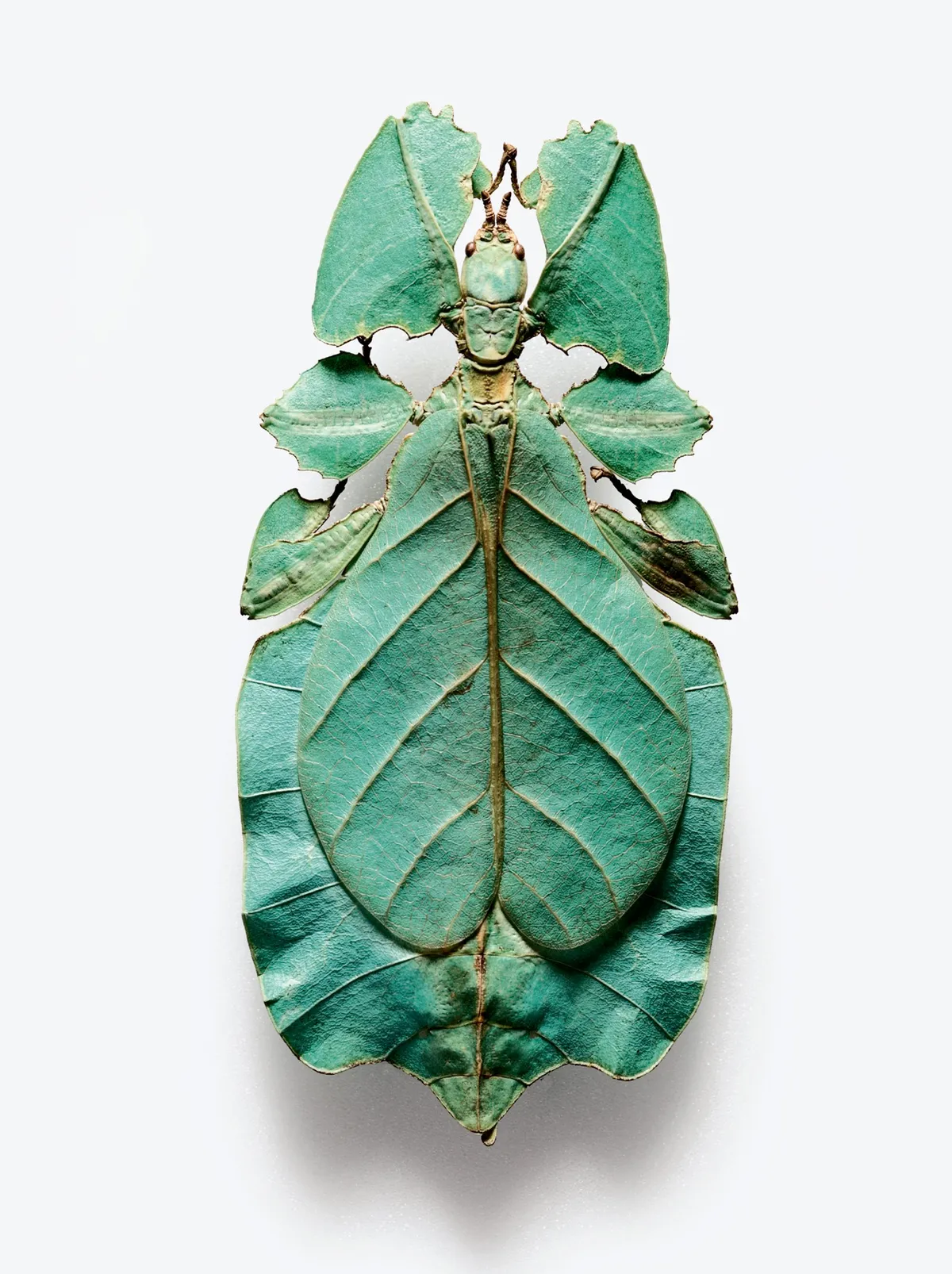
Sometimes to survive you need to stay hidden, and in the leafy environments of South and Southeast Asia and Australia, these insects have perfected the art of mimicry by evolving camouflage that looks like the leaves on a branch.
Naked mole rat (Heterocephalus glaber)
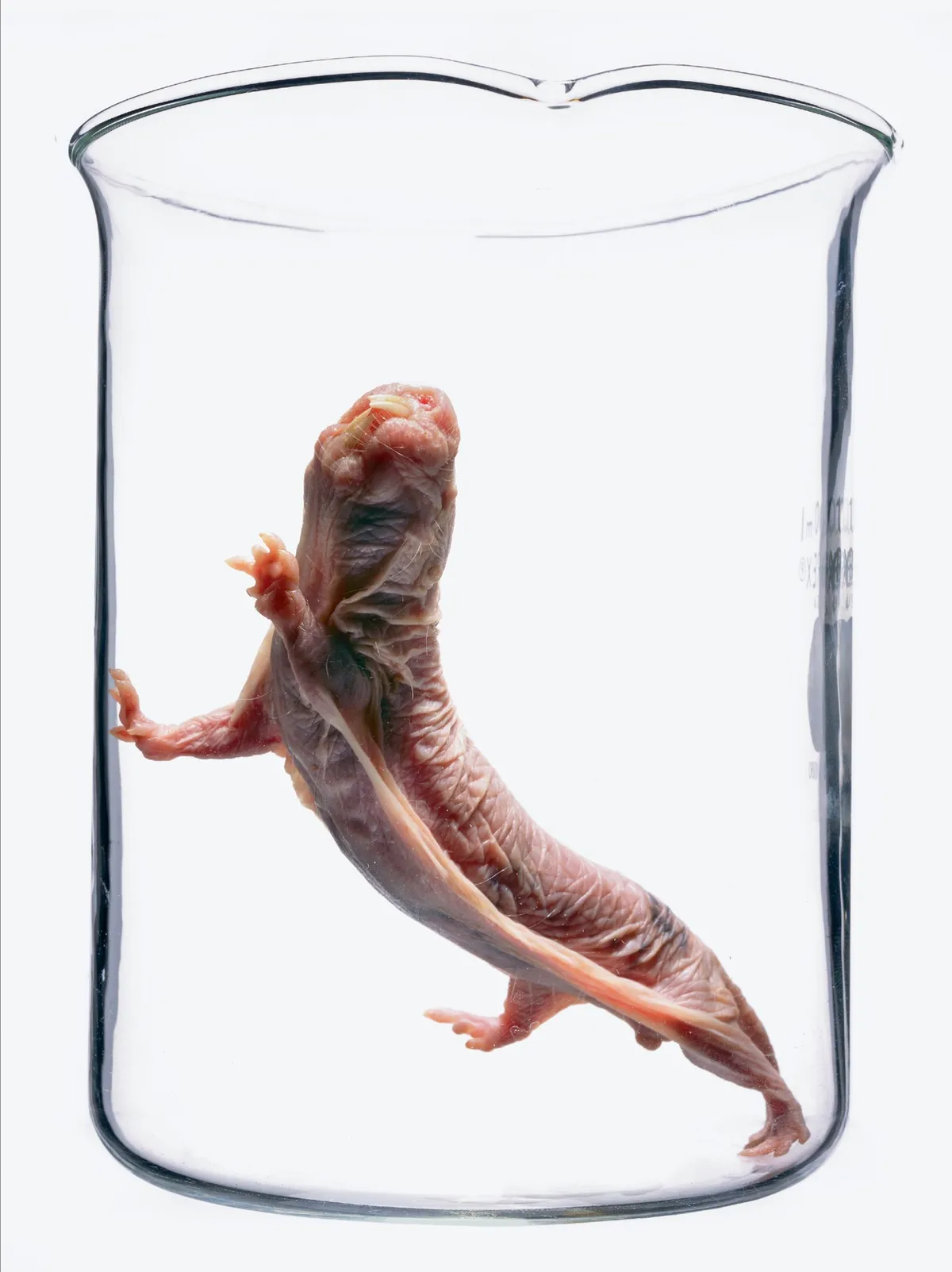
They may not be the most beautiful of beasts, but naked mole rats possess a special set of skills that set them apart from other mammals - not only are they impervious to some forms of pain, they also possess a genetic mutation that prevents them from forming tumours. This is of great benefit as they live in a hive-like community similar to bees or ants, and as a result can live over30 years old and show little signs of aging.
Remains of Homo naledi from the Rising Star Cave in SouthAfrica
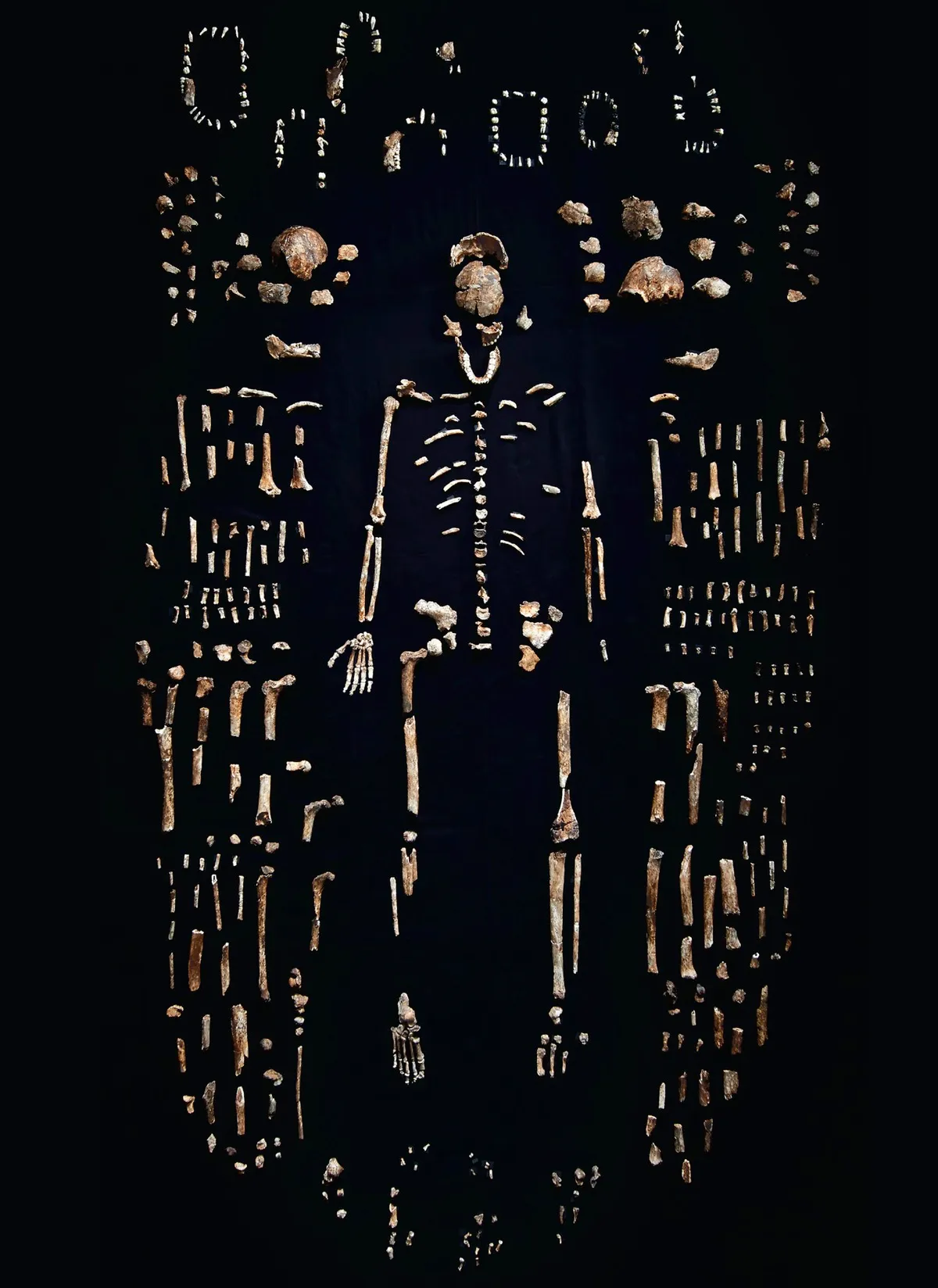
In 2013, a cave in an area of South Africa known as the Cradle of Humankindheld a secret that would go on to be described as oneof the top 10 new species of 2016 - Homo naledi. These well preserved specimens amounted to as many of 15 skeletons of the new species, which may be one of the earliest members of the homo genus, which would later evolve into homo sapiens - modern humans.
Evolution: A Visual Record by Robert Clark and text by Joseph Wallace is available to buy now (Phaidon, £24.95)
Follow Science Focus onTwitter,Facebook, Instagramand Flipboard
